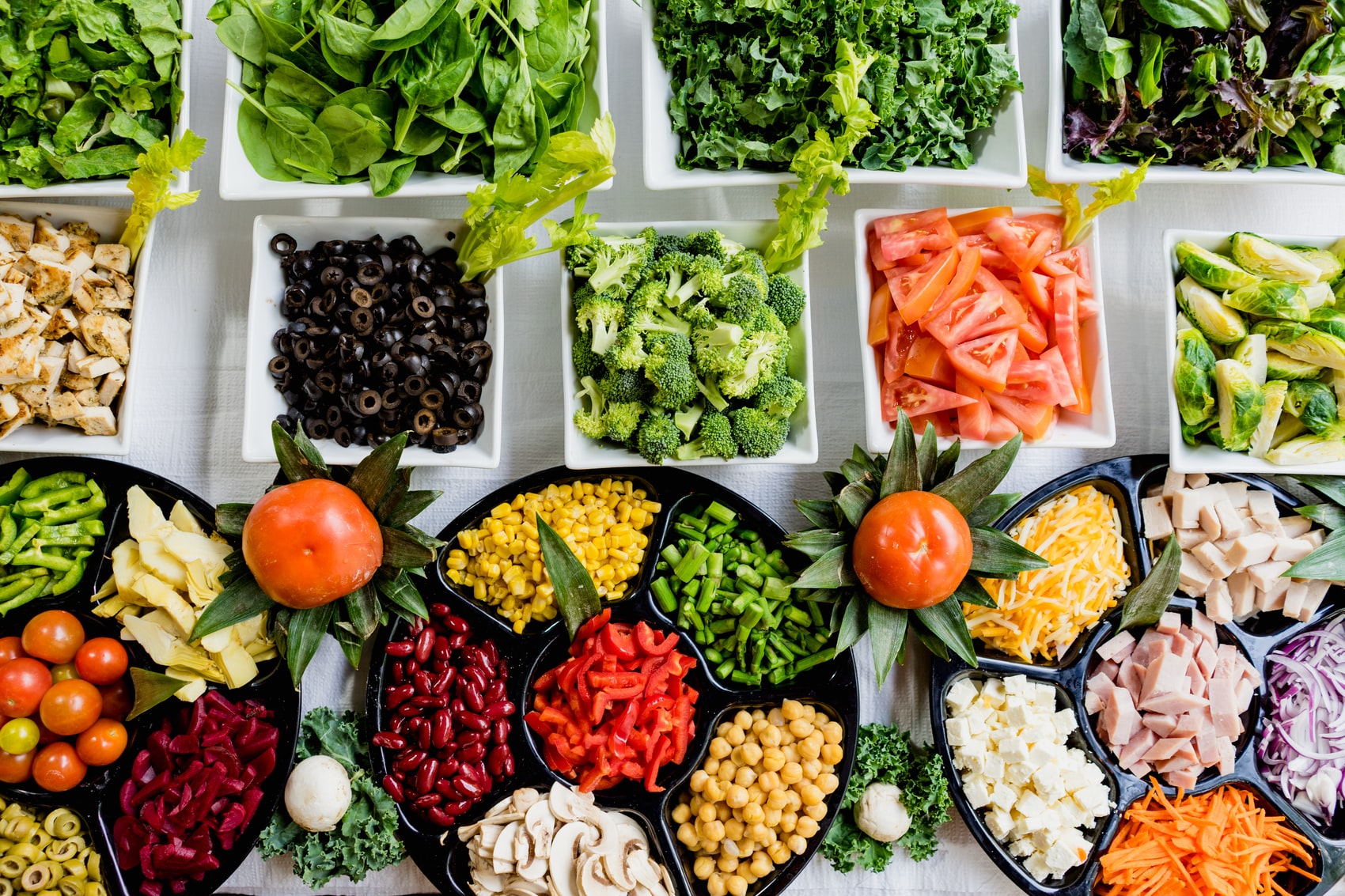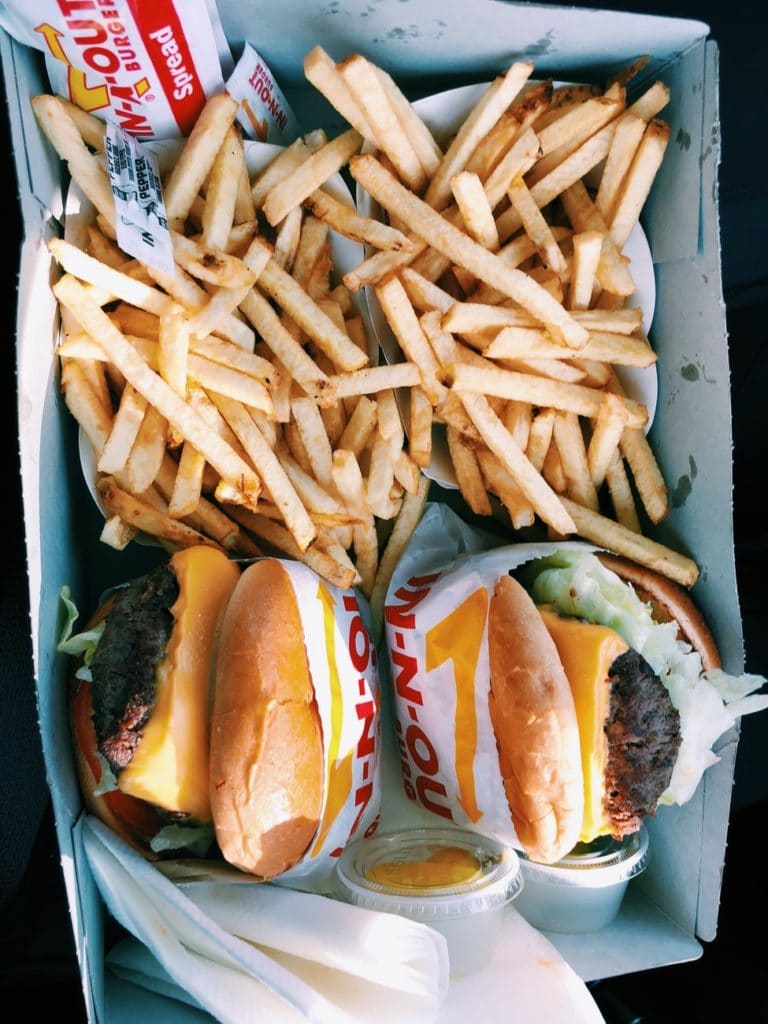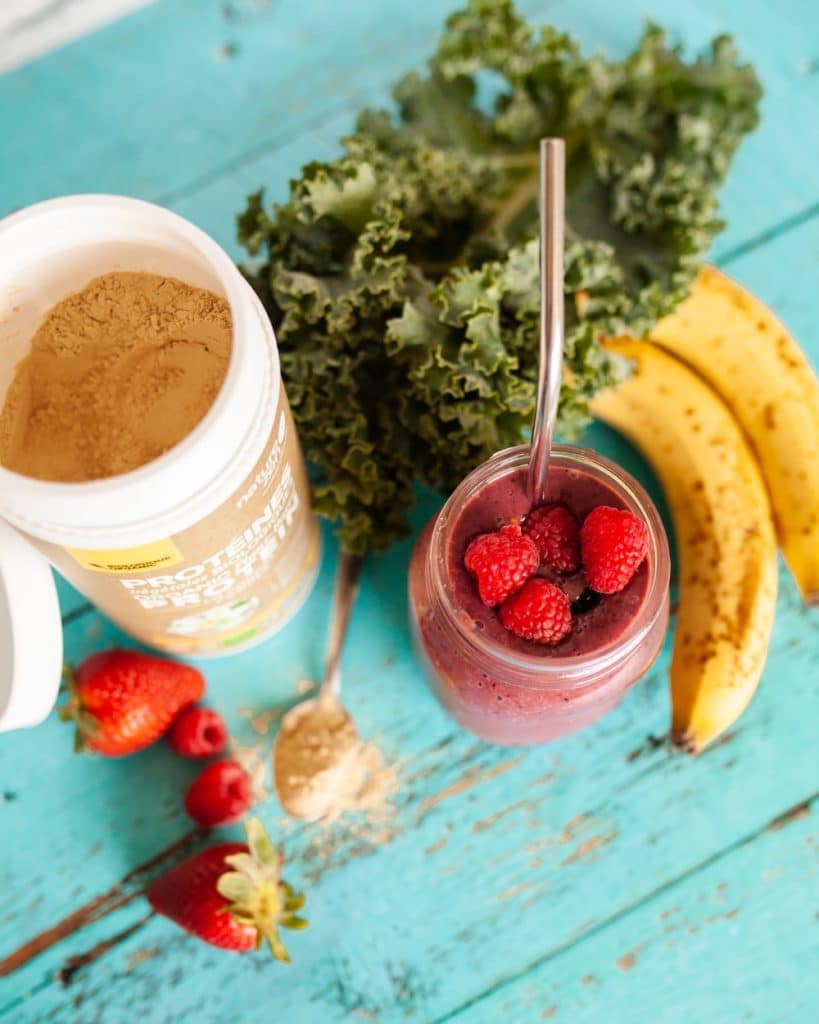
“They likely mitigated your intake of a lot of these micronutrients, further complicating your hardgainer struggles.”
When it comes to gaining weight and building muscle, food is the necessary factor and some foods are far superior to others in terms of nutrition, protein content, and caloric density. We all know someone who can eat loads of fast food, chips, and cookies all while maintaining an impressive physique. Conversely, there are some who eat “clean” but at the same time, rock a typical dad-bod. But what about hardgainers, and the foods that they should be eating?
A hardgainer struggles to gain weight, so one might assume that calorically dense foods are top priority, without taking into account protein or perhaps micronutrients. In this article, we will take a look at the types of food that prove effective for developing muscle and apply them to the struggles of a hardgainers diet, as well as answer some follow-up questions that are directly related.
Calorie-dense foods and the cost of eating them
Every hardgainer instinctually starts by googling “high-calorie foods” and goes from there. And that’s fine, however, it is not the optimal approach for gaining weight and here’s why: Eating exclusively high-calorie foods will take you down a path that eventually leads to disappointment. What that means is that high-calorie foods are difficult to eat and the constant feelings of satiation, nausea, bloating, etc will get to you long before you reach your goal.
Simply selecting a few high-calorie foods and implementing them into a well-structured diet will be more effective and much more successful in longevity. Instead of smashing a whole jar of peanut butter (we’ll get to that later), spread an extra tablespoon onto each piece of toast.
Many high-calorie foods fall into the category of “empty calories”. This buzzword refers to foods that are high in calories but low in nutritional value. Can you guess what foods have “empty calories”? Yea, junk food. That includes pizza, candy, soda, donuts, cookies, ice cream, and alcohol too. You don’t need to memorize a list of empty calorie foods to avoid, just ask yourself, “does this have nutritional value?” If you think “probably not” then you’re likely correct.
These kinds of foods are OK to consume in moderation, like almost anything, but when you’re a hardgainer with goals set on gaining muscle, you really have to develop some discipline. It can be difficult to eat a salad or vegetables when you’re so laser-focused on gaining weight. It feels like a waste of time and I get it. But, you’re leaving gains on the table if you skip them.

Is dirty bulking an option?
A “dirty” bulk, otherwise known as a “dreamer” bulk, is when an individual consumes massive amounts of food with little to no regulation on the nutritional content, being hyper-fixated on gaining weight.
A “clean” bulk is when an individual eats in a smaller surplus, making calculated decisions based on nutritional value, and prioritizes protein content and sugar-free foods.
Which do you think is better?
While there is an argument to be made for the actual benefits of dirty bulking, clean bulking will almost always prevail. This is highly dependent on what we just talked about: empty calories and nutritional value. A clean bulk will require one to track their macronutrients (carbohydrates, protein, fat) and watch their calories closely. This will naturally result in healthier foods with high nutritional value when paired with the personal desire to succeed with optimal results. These individuals are often more intrinsically motivated, rather than one who is motivated primarily by a goal appearance.
Dirty bulking is an option, sure, but the actual effectiveness of it will fall upon the individual. Everyone should at least make an honest attempt at a nice clean bulk before falling to the dark side.
The importance of micronutrients
Micronutrients are the smaller and often forgotten nutrients found in (good) foods. This includes vitamins like vitamin D or other compounds such as nitrate. This is all just as important to your physique but in a different way.
Having a vitamin D deficiency can lead to muscle weakness, bone pain, anxiety, and depression. You can find vitamin D in fish, egg yolks, and fortified breakfast cereals.
Fish can also be a great source of omega-3 fatty acids. These fatty acids are critical to your health, being a large part of cell membranes, to improving blood cell function.
Zinc has been linked to healthy testosterone levels and can be found in nuts, seeds, whole grains, and more.
Nitrate helps muscle blood flow and mitochondrial respiration and can be found in spinach or beetroot juice.
The list of micronutrients and their integral benefits to our bodies goes on. Yes, you can take a stack of supplements to get a lot of these into your body, but just eating good food is easier, cheaper, and of higher quality.
Those poor eating habits we talked about earlier? They likely mitigated your intake of a lot of these micronutrients, further complicating your hardgainer struggles.

Don’t forget the fundamentals of energy balance
This has been covered multiple times on thesmartgainer.com and pretty much every other fitness platform out there, so we don’t go into great detail, but it absolutely must be mentioned.
Energy, as in calories, must be balanced in the body to maintain a given weight. To increase that weight, the energy must be in a surplus. Think of a dog. What do you do if your dog is too skinny, feed him more right?
This would lead a hardgainer back to the “calorie-dense foods” topic mentioned earlier. While we did cover the cons of binging those foods, we still need to talk about the strategy of counting your calories for hardgainers.
You want to gain weight, OK that’s fine, and we know which foods to eat. But how much of a surplus do we need to be in to see results? It depends on the individual. We all have different daily energy expenditures, and we all adapt at different rates. If you want to start gaining weight, you have to know your daily maintenance. That’s how much you’re eating right now, per day, without gaining or losing weight. Once you have that number, add somewhere in the neighborhood of 400-500 calories, and eat that per day.
Many of us hardgainers may see results and then plateau after a month or two. That’s OK. As we add mass we need to add calories, since that additional mass will raise the amount you burn per day. Furthermore, many hardgainers adapt quite efficiently to added energy. Your surplus can turn into maintenance. If you suspect this is happening, raise your daily intake by another 100-200 and reevaluate in two weeks.
Of course, this is assuming that you’re looking to put on quality muscle. If you’re dirty bulking, none of that really matters.
Why can’t I just drink olive oil?
Ok, so all you need to do is eat more calories than you burn. Does that mean you can go about your normal diet and then drink a litre of olive oil before bed?
No. Please don’t do that.
You’re a hardgainer, right? Most of us found ourselves here due to poor eating habits. These poor habits could come from environmental factors during childhood, eating disorders, or perhaps just a general lack of appetite. Whatever it is that leads to these detrimental tendencies, it must be corrected. That means solid meals, at least three times a day, are going to be more effective than drinking oil or eating a full jar of peanut butter.
Are mass gainers necessary?
Necessary, no. Helpful, yes.
Mass gainers, either store-bought or homemade, are a blend of mostly carbs with protein and other ingredients such as emulsifiers or sweeteners. If you want to bust through the barrier and gain some weight, mass gainer shakes can help you get there by adding 400-800 calories per shake.
There are, however, pros and cons to mass gainers. They can be expensive if purchased from a store and likely have various ingredients you don’t need. Protein powder found in supplements such as mass gainers will always be inferior to that of minimally processed whole foods.
They can be that final push that you’re looking for, though. It’s very easy to just drink calories as opposed to chewing them. And quite often, shakes can be very palatable with the added bonus of flavouring them yourself if they’re homemade.
Mass gainer shakes can be very helpful to boost a hardgainers diet, but absolutely not necessary if you don’t want to drink them.
What if I just want to gain weight, not muscle?
This may sound odd to some, but it’s acceptable. There is a range of reasons one might prioritize fat over muscle. This could include individuals who are underweight and just trying to get up to a healthy body fat percentage.
If that is the case, then just eating more is a top priority. If you’re not interested in gaining muscle yet, then don’t worry about foods high in protein.
Instead, your absolute top priority should be an eating schedule. Start simple with three meals a day at the same time and be strict about it. Set alarms if you must. Try pre-cooking your meals if that helps. You’re likely underweight because of poor eating habits and poor appetite.
The best foods to eat for hardgainers
You probably expected a list of foods. Well, that information is readily available pretty much everywhere else.
What this article instead focused on was why some foods are better for hardgainers and what makes them better. So instead of going out and buying high-calorie junk and desperately shoving it in your face to gain weight, take a step back. Reevaluate your gaining goals and focus on the healthy foods that you find palatable, and go from there.
Thank you for making it to the end of the article, I appreciate you taking the time to read this. If you want to support me or support the website, consider sharing this post or telling your friends about us.